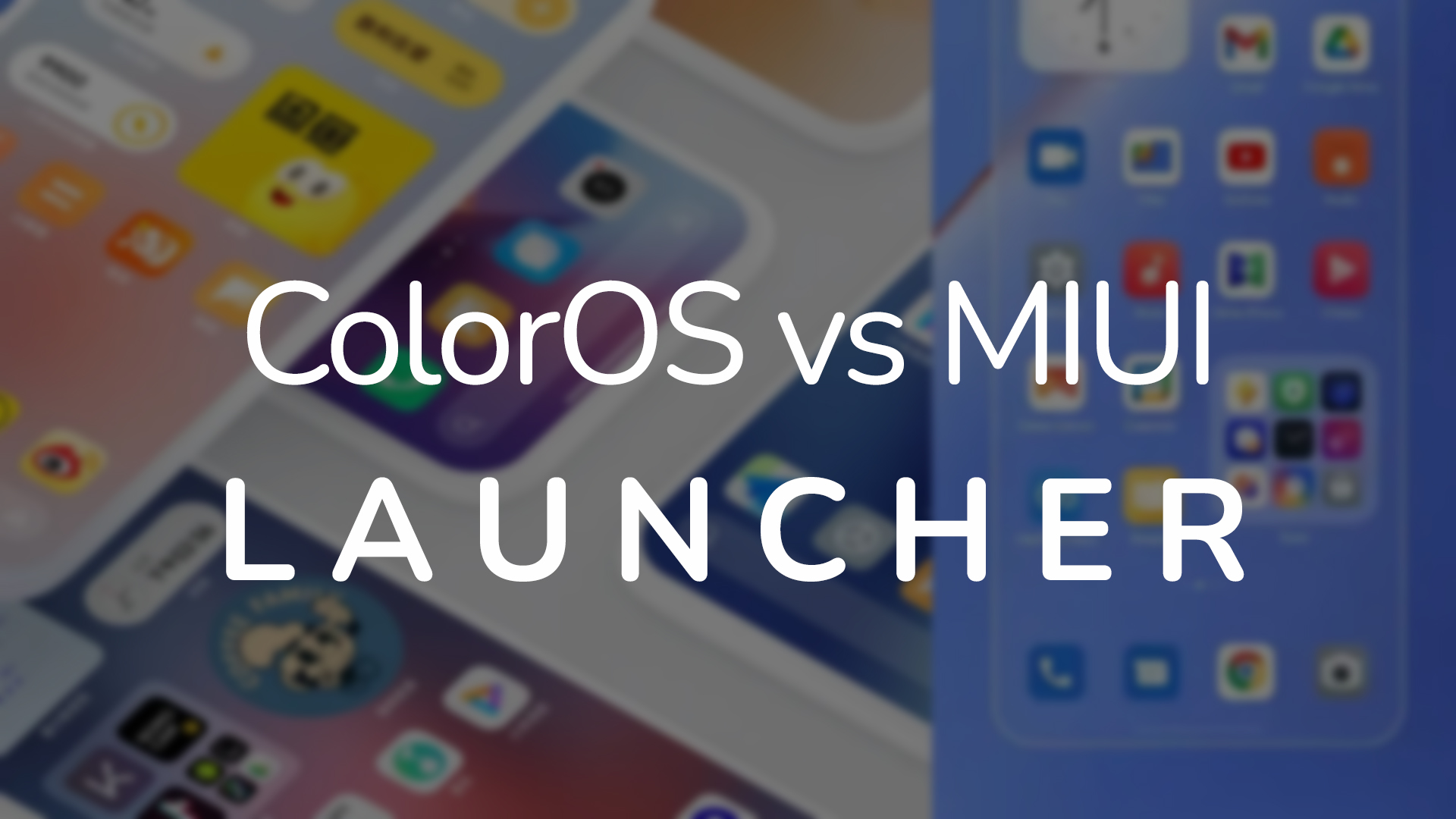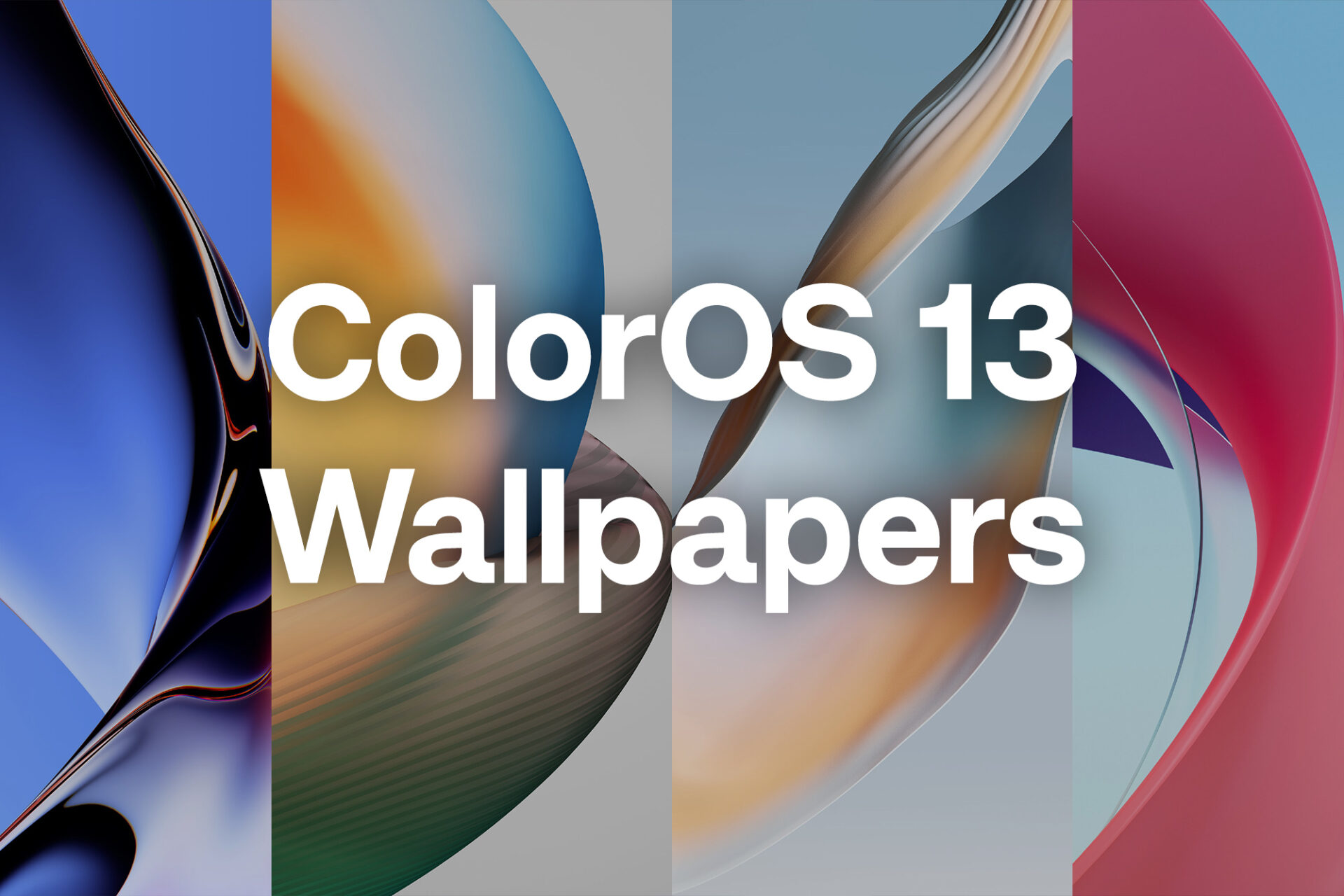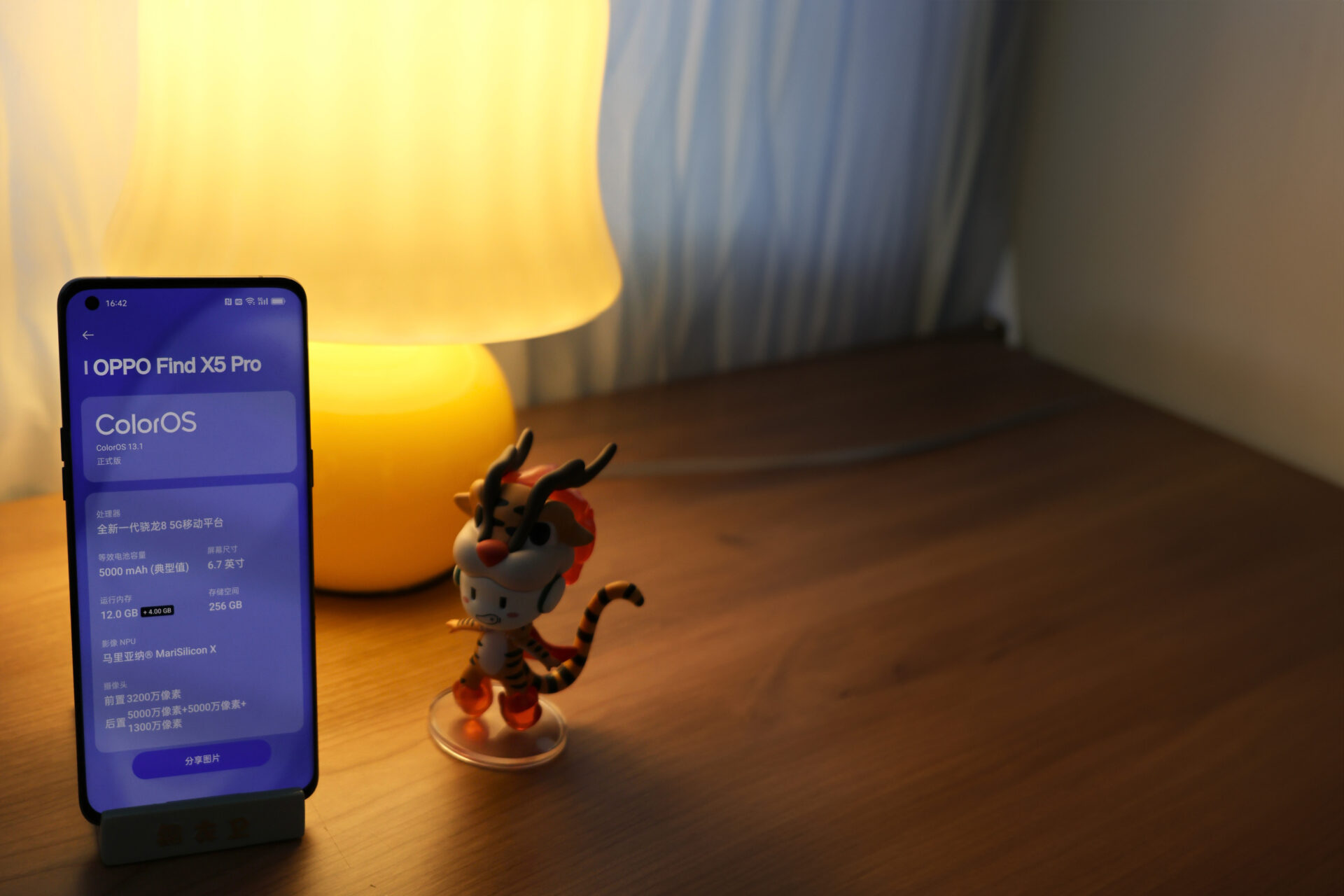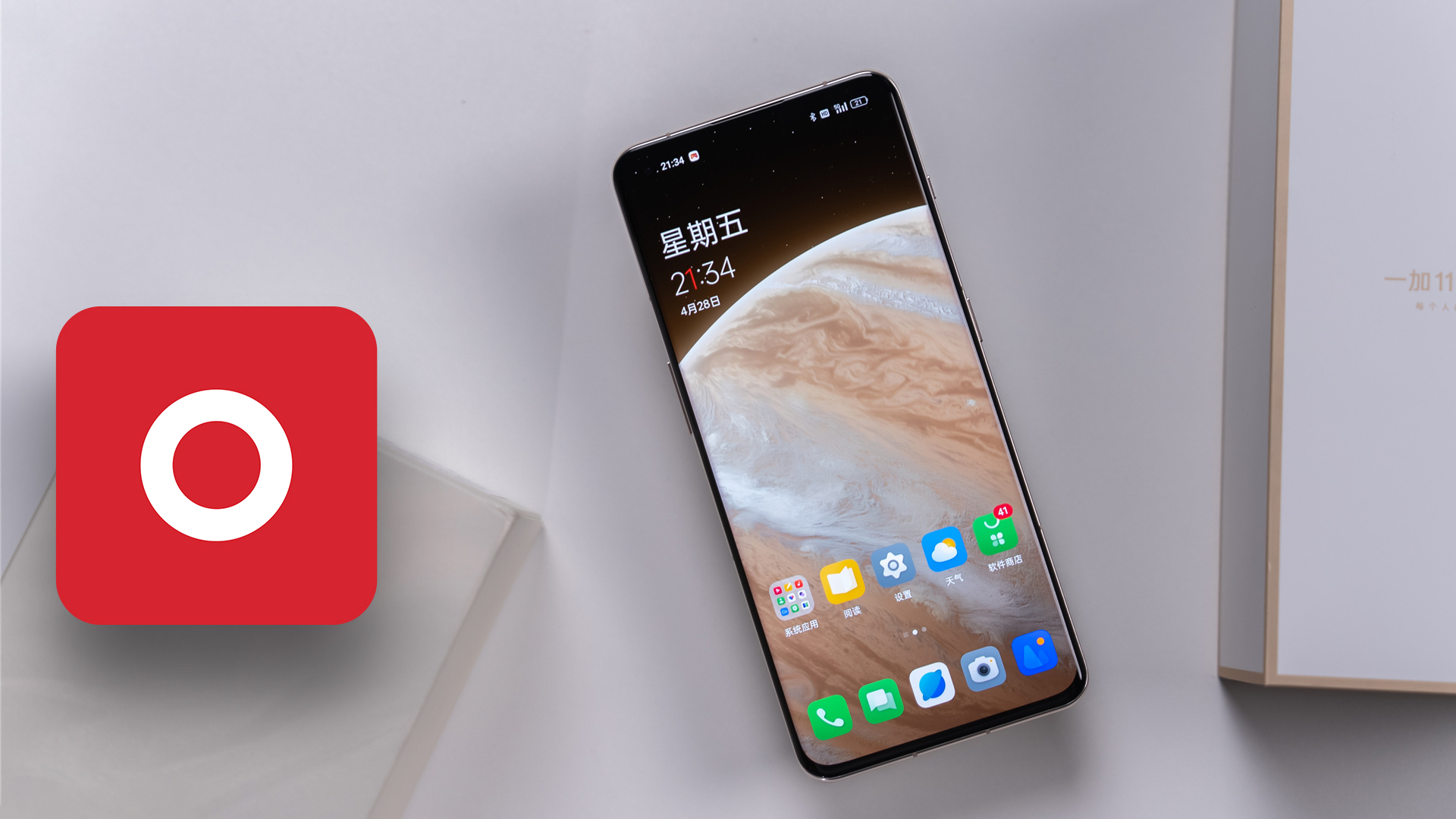When it comes to Android smartphones, one of the most important aspects that users consider is the user interface and overall user experience. Android offers various launcher options by Android skin, but three of the most popular ones are ColorOS, MIUI, and Stock Android Launcher. Each of these launchers comes with its own set of features and design elements, catering to different user preferences. In this article, we will compare ColorOS, MIUI, and Stock Android Launcher to help you understand their differences and choose the one is best.
Home Screen
The home screen is one of the most frequently accessed areas on a smartphone, and the user interface plays a crucial role in providing a seamless and personalized experience. MIUI and ColorOS are two popular Android launchers that offer distinct home screen experiences. Let’s compare their features and design elements to help you make an informed decision.
Choosing between MIUI and ColorOS for the home screen ultimately depends on personal preference. MIUI offers extensive customization options, vibrant visuals, and the convenient App Vault feature. ColorOS provides a visually striking interface, intuitive gestures, and the Smart Sidebar for quick access. Consider your preferred design aesthetic, desired level of customization, and the features that align with your usage patterns to make the best decision for your smartphone’s home screen.
Icons
Icons play a significant role in the overall visual appeal and user experience of a smartphone’s interface. MIUI and ColorOS, two popular Android launchers, offer distinct icon designs. Let’s compare the icons in MIUI and ColorOS to help you understand their differences.
The choice between MIUI and ColorOS icons depends on personal preference and the desired visual aesthetic for your smartphone’s interface. MIUI offers a range of icon packs, allowing for extensive customization and a unified look within a theme. ColorOS icons, on the other hand, aim to provide a visually striking and immersive experience with glossy effects and three-dimensional elements. Consider your preferred design style, whether it’s flat and vibrant or visually striking and three-dimensional, to choose the launcher that best suits your icon preferences.
Widgets
Widgets are an essential aspect of the user experience on Android smartphones, providing quick access to information and enhancing the functionality of the home screen. MIUI and ColorOS, two popular Android launchers, offer distinct widget options. Let’s compare the widgets in MIUI and ColorOS to help you understand their differences.
Choosing between MIUI and ColorOS widgets depends on personal preference and the specific widgets that suit your needs. MIUI offers a broad range of customizable widgets, enabling users to personalize their home screen with a variety of options. ColorOS widgets focus on visual immersion and complementing the launcher’s design. Consider the types of widgets you frequently use, your preferred visual aesthetic, and the customization options available to make an informed decision regarding the launcher that best meets your widget requirements.
Grid Size
The grid size on the home screen determines the number of app icons and widgets that can be placed on each page. MIUI and ColorOS, two popular Android launchers, offer different grid size options to customize the layout of the home screen. Let’s compare the grid size options in MIUI and ColorOS to help you understand their differences.
MIUI and ColorOS offer grid size customization options, allowing users to personalize their home screen layout according to their preferences. Both launchers provide flexibility in adjusting the number of rows and columns to accommodate app icons, widgets, and shortcuts. Consider your usage patterns, the number of items you want to have on the home screen, and the visual aesthetic you prefer to determine the ideal grid size for your device.
Overview Menu
MIUI and ColorOS, two popular Android launchers, offer different implementations of the overview menu. Let’s compare the overview menus in MIUI and ColorOS to help you understand their differences.
Transitions
Transition animations play a significant role in the user experience of an Android launcher, providing visual cues and fluid transitions when navigating through different screens and apps. MIUI and ColorOS, two popular Android launchers, offer different transition animations. Let’s compare the transition animations in MIUI and ColorOS to understand their differences.
MIUI and ColorOS offer distinct transition animations, catering to different visual preferences and user experiences. MIUI focuses on smoothness and elegance, offering customizable options for transition animations. ColorOS prioritizes visually engaging and dynamic effects, aiming to create an immersive and visually stimulating experience. Consider your personal taste, desired visual style, and the impact you want from transition animations when choosing between MIUI and ColorOS.
App Vault
App Vault is a feature commonly found in Android launchers that provides quick access to various functionalities and information without the need to open individual apps. MIUI and ColorOS, two popular Android launchers, offer their own versions of the App Vault. Let’s compare the App Vault in MIUI and ColorOS to understand their differences
MIUI and ColorOS offer App Vault features that provide quick access to various functionalities and information. Both launchers allow users to customize the cards displayed in the App Vault and offer similar options such as frequently used apps, weather updates, and calendar events. Consider the specific features and customization options available in each launcher’s App Vault to determine which one better suits your needs and preferences.
Widgets
Folders
Folders are a fundamental organizational feature in Android launchers, allowing users to group and manage their apps more efficiently. MIUI and ColorOS, two popular Android launchers, offer different approaches to creating and managing folders. Let’s compare the folder features in MIUI and ColorOS to understand their differences.
Both MIUI and ColorOS provide folder functionality to help users organize their apps efficiently. Users can create folders by dragging and dropping app icons and customize the folders by changing their names and rearranging the apps within them. MIUI offers additional customization options such as folder themes and icon customization, while ColorOS may provide features like renaming or deleting folders. Consider your preference for customization options and any additional folder management features when choosing between MIUI and ColorOS for organizing your apps.
Conclusion
In conclusion, MIUI and ColorOS are two popular Android launchers that offer distinct features and functionalities for users. Let’s summarize the key points of comparison between MIUI and ColorOS in various aspects of launcher customization:
- Home Screen:
- MIUI offers a clean and organized home screen with less customizable grid sizes.
- ColorOS provides a visually appealing and customizable home screen with various themes and wallpapers.
- Icons:
- MIUI icons are more uniform and consistent in design, creating a cohesive look.
- ColorOS icons are vibrant and lively, offering a visually engaging experience.
- Widgets:
- MIUI provides a wide range of widgets for various functionalities and app integration.
- ColorOS offers a good selection of widgets but may have fewer options compared to MIUI.
- Grid Size:
- ColorOS offers more flexible grid size customization for app and widget placement.
- Users can choose between a more compact or spacious layout based on personal preference.
- Overview Menu:
- MIUI’s overview menu features a card-based layout with quick action options and customization.
- ColorOS’s overview menu offers stacked cards, app previews, and additional multitasking features.
- Transition Animations:
- MIUI transition animations focus on smoothness and elegance, with customizable options.
- ColorOS transition animations prioritize visually engaging and dynamic effects for an immersive experience.
- App Vault:
- MIUI’s App Vault provides quick access to frequently used features and information, with customization options.
- ColorOS’s App Vault offers a similar feature set, allowing users to personalize the cards displayed.
- Folders:
- Both MIUI and ColorOS allow users to create and customize folders for better app organization.
- MIUI offers additional folder customization options, while ColorOS may provide specific folder management features.
Ultimately, the choice between MIUI and ColorOS depends on personal preferences and priorities. MIUI focuses on clean and organized layouts, customization options, and a wide range of widgets. ColorOS offers visually appealing designs, immersive transitions, and additional multitasking features. Consider your preferences for visual style, customization options, and specific features to make an informed decision on which launcher better suits your needs.





















